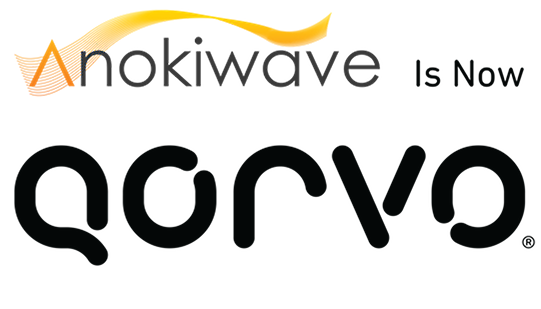In 5G, The Last will be First. The Last Mile, that is...
 |
Ian Gresham |
|---|---|
|
|
|
This month, AT&T announced that it intends to purchase Straight Path in a $1.6 billion deal, taking its seat at the table for 28 GHz and 39 GHz spectrum. This is the second acquisition of high-frequency spectrum from AT&T this year, as it races to keep up with rivals Verizon, T-Mobile, and Sprint.
As telecom behemoths continue gobbling up spectrum and edging closer to network deployment for 2019, urgency heightens to make 5G technology commercially ready for consumers. We are not talking about cell phones or IoT — it is fixed wireless, with devices right outside of our homes, giving us access to WiFi and cable, that will see 5G first.
The last 200m in urban and suburban developments, from the base-station to the end-link devices outside of our homes and apartments, will be the critical first consumer application for 5G. That’s because we don’t have to reinvent the wheel to make this technology possible. It’s just a process industrialization. Millimeter wave has been integrated into silicon ICs for more than ten years, and mmW is already an established operating frequency for the A&D and SATCOM markets. Lessons have already been learned and technology thoroughly tested for hardware development in most bands.
Active antenna arrays are the most notable innovation to come from these markets. The advantages that the A&D RADAR manufacturers have enjoyed with active antennas hold the same attraction for telecommunications. In fact, the technology directives that have been pursued by A&D manufacturers for many years now–higher integration, planar solutions to give low-profile and conformal apertures, and cost-down approaches to using lower-cost technology–are the same motivations we need to employ for the 5G market.
Despite these widely-documented benefits, the fact remains that the customer base in the A&D RADAR and SATCOM markets are very different than that of the consumer facing wireless industry. This requires a different approach for wireless technology decision makers, with an emphasis on showing that active antennas are not only ready to be deployed, but cheaper for consumers than today’s alternatives. The cost of deploying a wireless base-station every few hundred meters must be significantly lower than today’s alternative (i.e. laying fiber optic or copper cable). It must also be low enough that the service fees a subscriber pays will cover the equipment roll-out, installation, and high-quality service. Of course, nobody wants to pay more than they are now, with already sky-rocketing Internet and cable bills. This may require, as we’ve seen in other markets, a segmentation of product offering, with lower cost, lower performance units as well as those on the higher end.
If you believe today’s projections for 2019 deployment, the industry as a whole is already late on hardware development. And aside from suburban applications, the Korean Olympics in early 2018 is another driver for active antenna technology, not to mention the need for infrastructure development in fast-developing markets like China.
At Anokiwave, we're continuing to do our part to make 5G a reality. This month, we unveiled the world's first commercially available 5G phased array active antenna for the 28 GHz spectrum. Next, we’re working on products in the 39 GHz spectrum. Interested in joining us? Check out some of our career openings.

